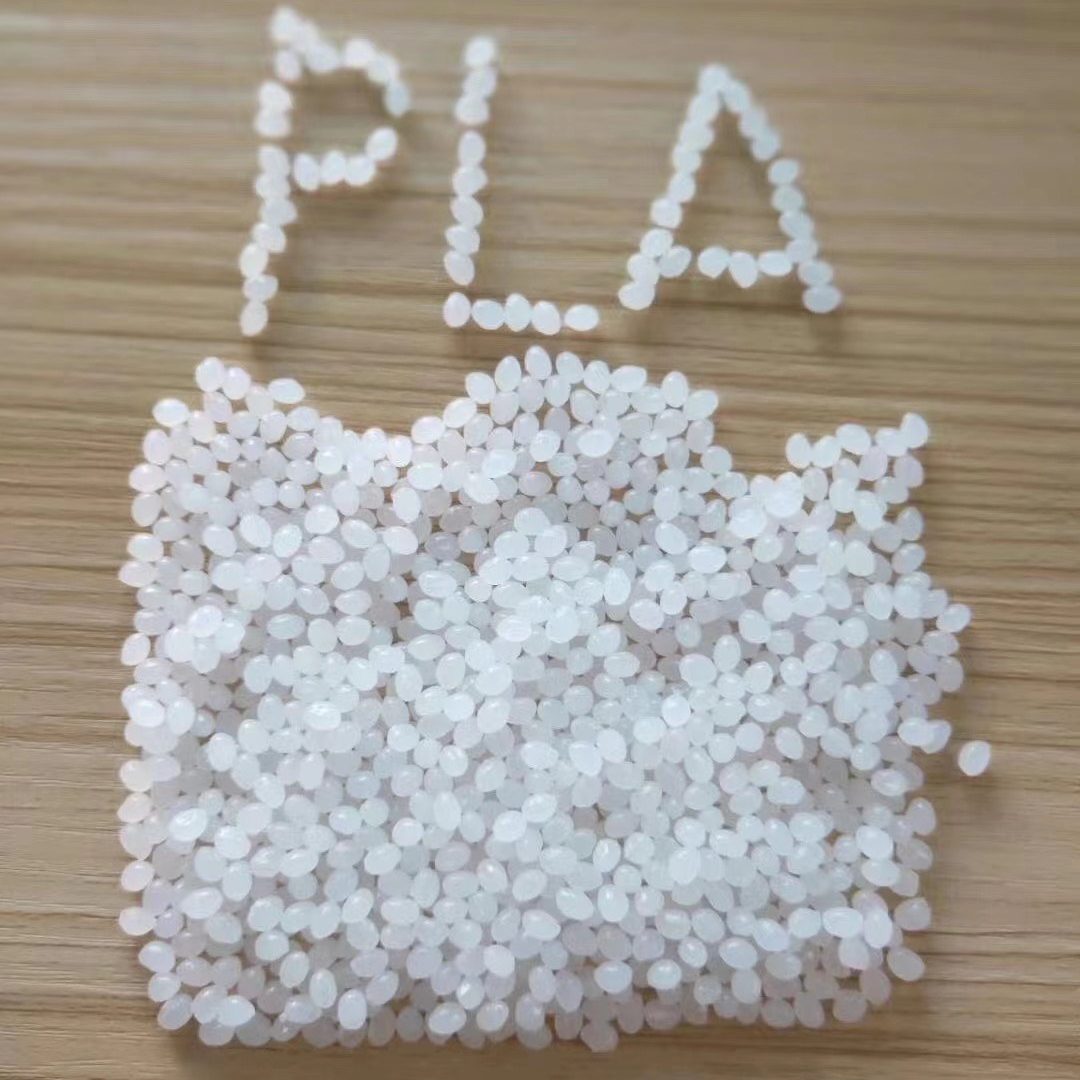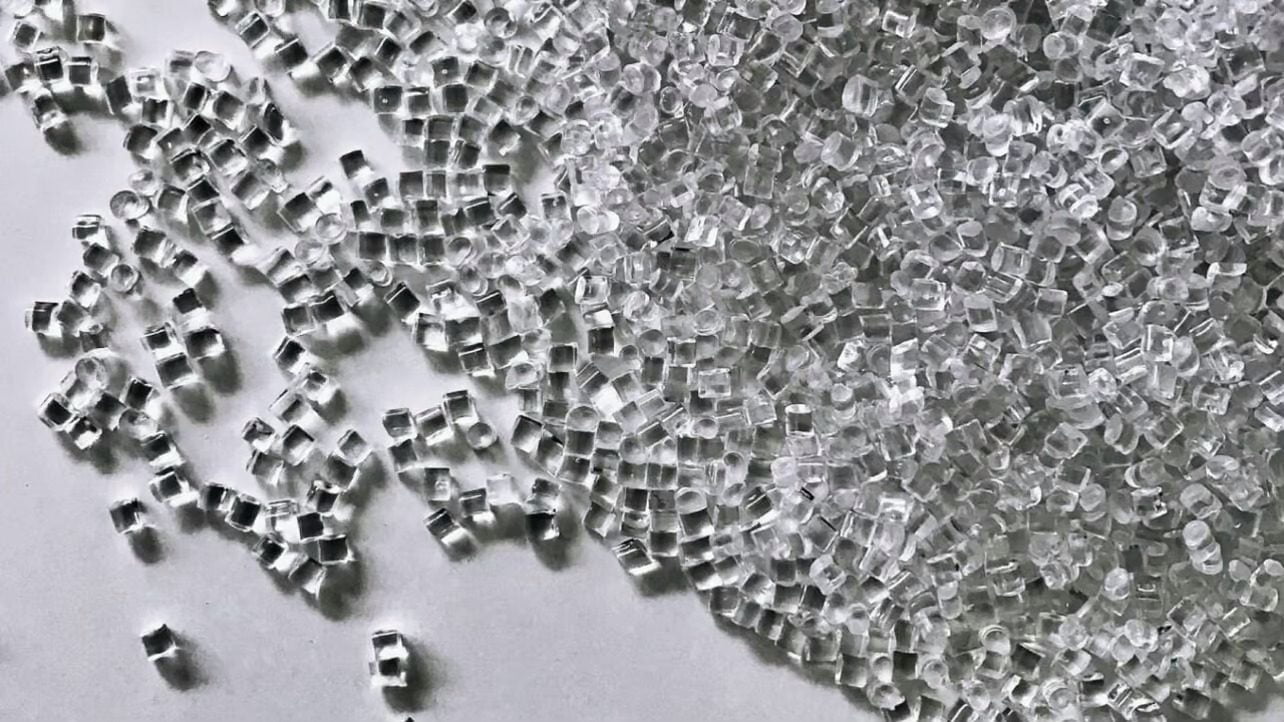Before starting your next printing project, it is important to understand the differences between PETG vs PLA. Though they are similar in several ways, there are still significant differences between the two filaments.
PETG and PLA are two thermoplastics that belong to the polyester group of plastics. Known for ease of printing, these two soften at a specific temperature and become solid once cooled down. Most PETG and PLA filaments come with 1.75-2.85 mm diameters.
What’s the main difference between PETG vs PLA?
In a few words, if durability and toughness are the project’s priority, then PETG would be the ideal material. On the other hand, if you are looking for a more aesthetic finish with great quality, then you should probably go for PLA.
PLA is a biodegradable and renewable polymer made from raw materials like corn. Due to its recyclable conditions, PLA is a popular choice for those who are looking for an environmentally-friendly material.

To create PETG, glycol (G) is added to PET (Polyethylene terephthalate) at a molecular level. PETG is known for its durability and most importantly, for its 3D printing flexibility. Even though PETG is an oil-based polymer, meaning it is not biodegradable like PLA, it’s still 100% recyclable.

| PETG | PLA | |
| Extruder Temperature | 230-250 °C | 190-230 °C |
| Bed Temperature | 75-90°C | 45-60 °C |
| Heated Bed | Required | Optional |
| Resistance | Water/Chemically/Fatigue Resistance | No Particular Resistance |
| Material | Oil-Based Polymer | Renewable Resources |
| Highlight | Better physical properties & more durable | Good aesthetics & more flexible |
Differences While Printing
Most of us probably started with PLA, but this is why you should also consider PETG for your projects.
Talking about Bed Adhesion, You can print without a heated bed when working with PLA. Instead, a bed temperature of around 50 to 70 °C is required when using PETG. Warping occurs less while using PLA. Also, it adheres better to the bed with the same bed temperature as PETG.
For Print Temperature, as you can see in the chart above, PLA prints are cooler than PETG. We advise not to lower the temperature too much to avoid nozzle clogging. For PETG, we recommend using a printing temperature of around 230-250 °C. On the other hand, for PLA, use 190-230 °C.
PETG filament density is higher compared to PLA. Our PLA filament comes with a density of 1.24g / cm3. However, our PETG has a filament density of 1.27/ cm3.
As higher temperatures are required to print PETG, stringing and oozing tend to occur more often. If this issue arises, then you should probably lower your extrusion temperature. Be aware not to lower the temperature too much to avoid nozzle clogging. Also, stringing can also occur because of moisture in your filament. Always have storage options for your 3D filaments.
To prevent too much bed adhesion, the nozzle gap needs to be bigger with PETG than PLA.
| PETG | PLA | |
| Bed Adhesion | X | |
| Print Temperature | X | |
| Density | X | |
| Stringing | X | |
| Nozzle Gap | X |
PETG vs PLA Finishing Differences
Compared to PLA, PETG’s physical strength is higher.
When it comes to color matching, it is easier to achieve exactness with PLA compared to PETG.
On a dual extruder printer, PLA would be the go-to material for complicated forms. This can be due to the fact that there are better support materials available for PETG.
Even though PLA has great transparency, PETG is still better than PLA when it comes to this matter.
Regarding temperature tolerance, PETG has a much higher resistance than PLA. PETG can handle temperatures up to 250 °C. On the other hand, you should keep your printing temperature below 230 °C.
For many of us that like to recycle, PLA comes first. Eventually, if you leave PLA outside for a long time, it will return to its natural components. Both PLA and PETG can be recycled, but PETG does not break down easily since it’s not biodegradable.
PETG has the advantage when it comes to outdoor applications. PETG is stronger than PLA against weather conditions. If you still want to use PLA outdoors, we recommend painting it, which will make it much more durable.
PLA is the go-to filament when mimicking other materials due to the many material blends available.
| PETG | PLA | |
| Physical Strength | X | |
| Exact Color Matching | X | |
| Complicated Forms | X | |
| Transparency | X | |
| Temperature Tolerance | X | |
| Recycling | X | |
| Outdoor Usage | X | |
| Mimicking Other Materials | X |
Copyright © 2022 by IIID MAX
